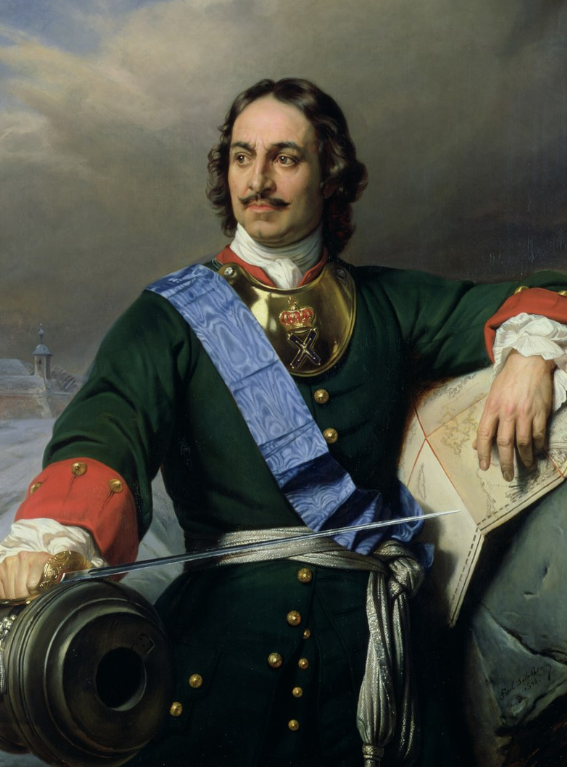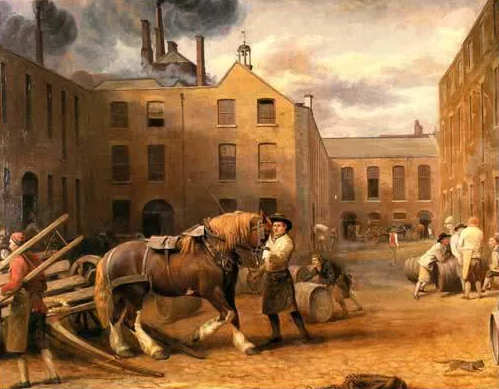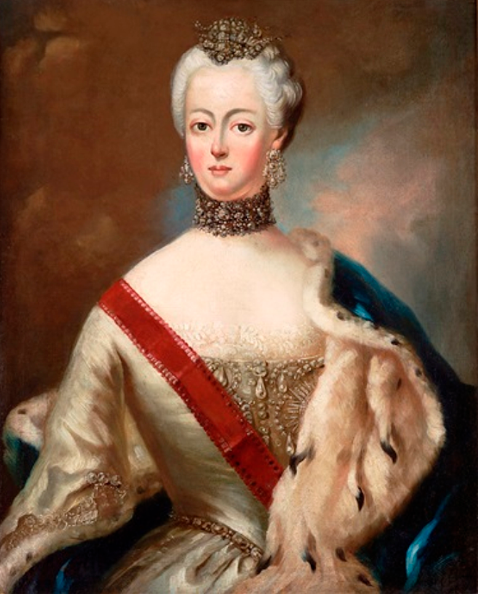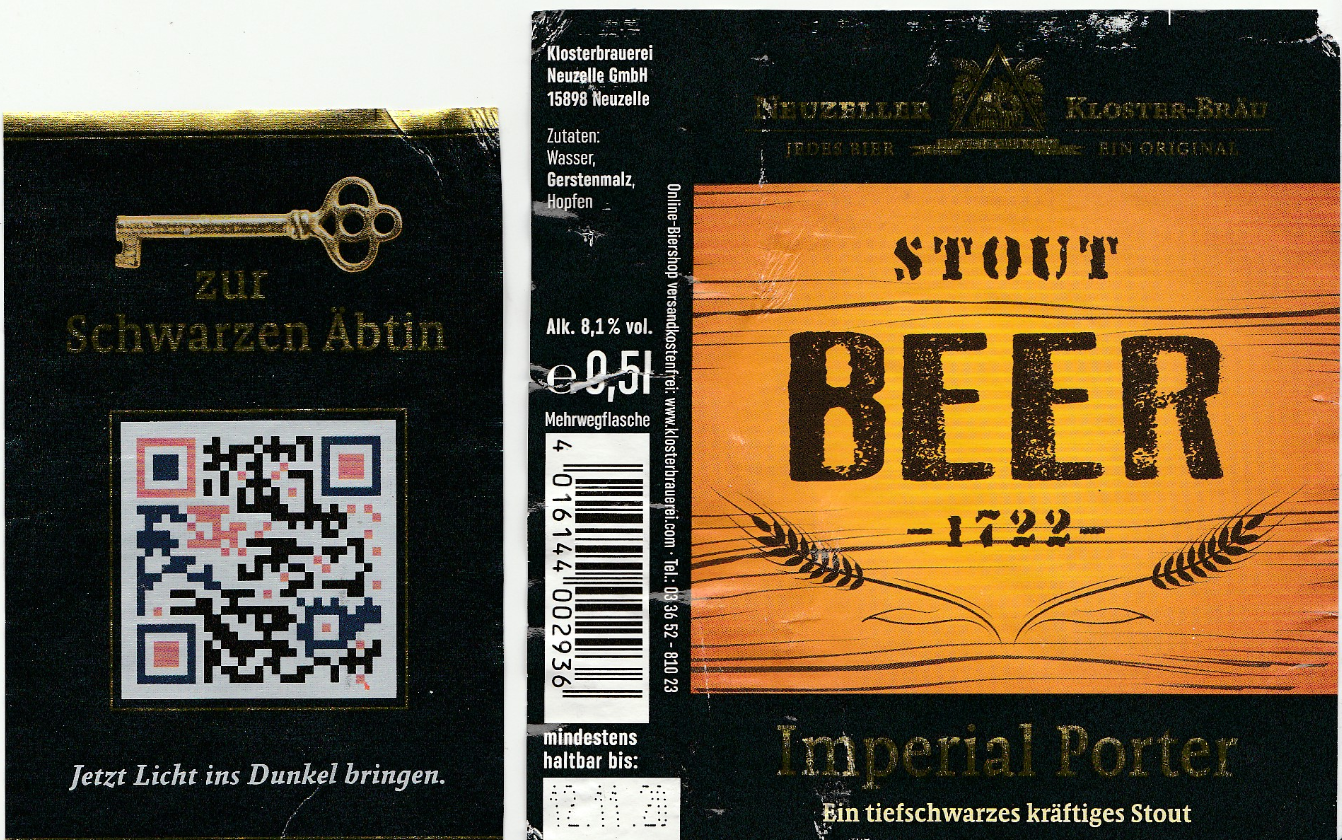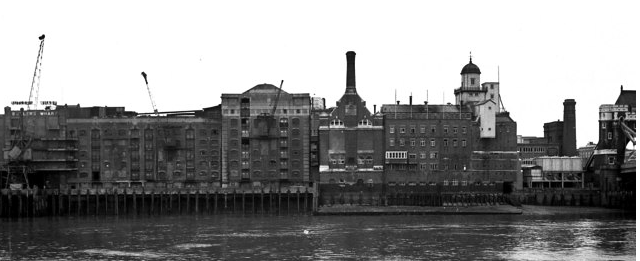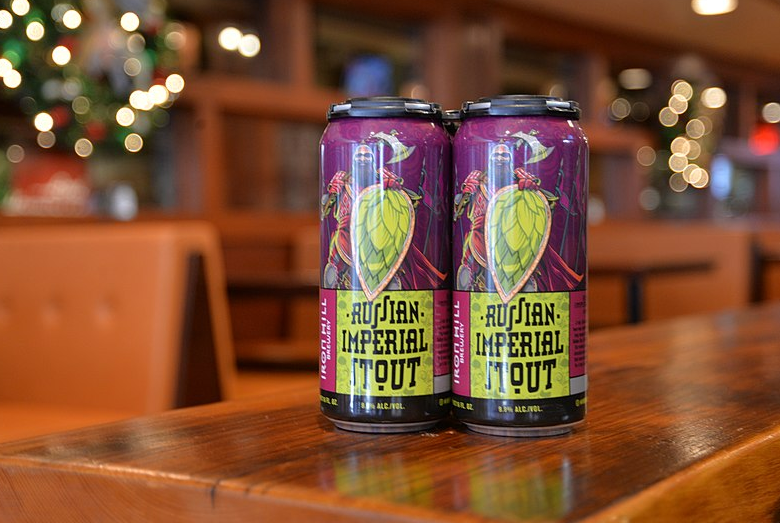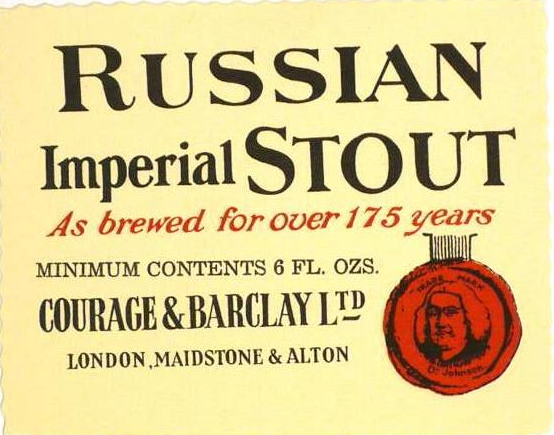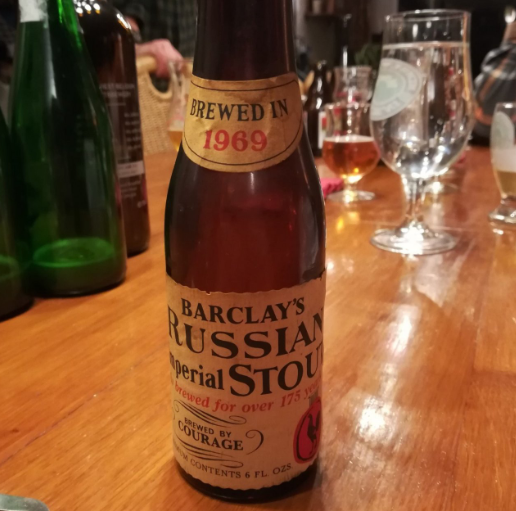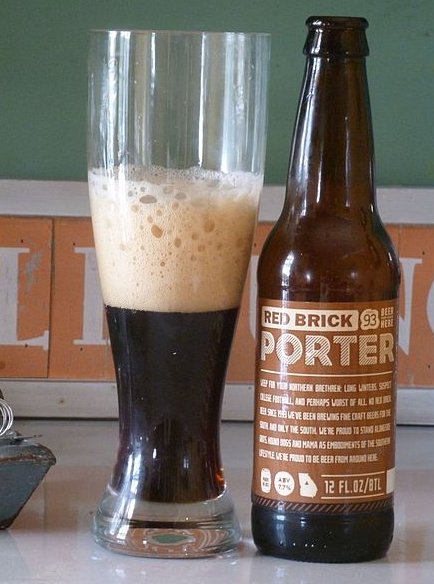Dispelling Beer Myths: Russian Imperial Stout, Favorite of Catherine the Great or just Great Marketing
The next beer myth we explore is the Russian Imperial Stout and how its royal name came to be.
MYTH:
After a visit to London, Russian Czar Peter the Great fell in love with the Porter style of beer and demanded that it be exported to Russia. After trying to send it overseas, the beer froze, so a high strength and high hopped version was brewed just for the Russian market. Later on, an improved version of the style would captivate the Russian Empress, Catherine the Great, as well.
So, let’s take a look at the facts here:
Peter the Great ruled Russia from 1682 to 1725. Interestingly enough, the term “Porter” wasn’t coined until 1721 and not even officially used by a brewery until Samuel Whitbread opened his “new porter tun room” in his brewery in London in 1760. This is fairly conclusive that Peter the Great very likely never tried a version of Porter before his death, much less knew what it was called.
Now let’s look at Catherine the Great, who ruled Russia from 1762 until her death in 1796. It was around that same time in the late 1700s that English brewers started brewing stronger versions of Porter. They began to call these “Stout Porter” or “Brown Stout” to denote their higher strength. It was also around then too that English trade started to export this new strong dark beer to Russia. There is even historical evidence of a specific Porter brewed for the Empress of Russia in 1796. So, from here, we can conclude that Catherine the Great did enjoy some version of Porter in her lifetime, but there is no record of it being called “Russian Imperial Stout” or that she demanded that it be imported for the imperial court.
The Russian market also liked another strong English beer, Burton Ale
But, a tariff in 1822 banned all goods made from Britain, with one exception: Porter. This was likely due to Russian and other Baltic brewers being unable to recreate Porter due to its specific water profile. With Burton Ale imports to the region devastated, many English brewers began brewing and exporting more Porter for the Baltic market.
One other note.
The freezing point of a 6% abv beer (standard Porter abv at the time) is around 28° F because alcohol has a lower freezing point than water, thus lowering the overall solution’s freezing point. Similarly, the ocean would freeze at 28° F because of its salinity. Therefore, if Porter was freezing when they were trying to export it to Russia, the ocean would have frozen over at the same temperature and delivery would have been impossible anyways.
English beer retailers began using the term “Imperial” to describe stronger versions of beer (whether Porter or Stout) in the 1820s, but brewers didn’t use this moniker until 1830. Uniquely enough, neither used “Russian” in conjunction with it. Brewers also would likely not want to include any mention of Russia at the time due to tensions with the country and the eventual Crimean War from 1853 to 1856.
There is a recorded use of the phrase “Russian Stout” from 1889 onward, but the entire phrase “Russian Imperial Stout” was not used until Barclays Perkins Co.’s Courage Russian Imperial Stout debuted in 1970, named after brewer, John Courage, who supposedly brewed the exact recipe that Catherine the Great demanded.
In 1977, the below marketing campaign was published for
Barclay Perkins Co.
The birth of a style: In early 1700s the river porters of London developed a new style of beer that was dark, with intricate roasted brown malts and hints of caramel... the porter. During a long stay in England, Peter the Great fell captive to the power of the porter and requested the beer be sent to the Russian Imperial Courts. When the first batch spoiled on the long journey the London brewers quickly altered their recipe, brewing the beer with extra hops and increased the alcohol content to make a richer, hearty brew that is complex enough for royalty. By 1787 brewer, John Courage, had perfected the style that captivated Catherine the Great. It wasn't long before she demanded regular shipments of what was now known as Courage Russian Imperial Stout...
The resurrection for the masses: in October of 1977, Jim Robertson brewed some of the last batches of Courage Russian Imperial Stout in London where it originated. Today, Jim has taken the original recipe and brought it to the Wells & Young's Brewery. The same complexity, fit for an Empress and brewed for the rest of us.
Like most myths, there is some truth and some falsehoods.
Yes, there was strong Porter and Stout that was exported to the Russian market, and it was very likely that Catherine the Great had at least tried some. There was not the demand of beer by Peter the Great, as he was dead by the time it was popular, even in London. It was also not brewed stronger simply to survive the icy trip, but because the intended market preferred it that way (not dissimilar to the myth about hops in IPAs on their journey to India). And most interestingly, it was not called “Russian Imperial Stout” until much after the passing of Catherine the Great. So as we have come to see so far in this beer myth series, a lot of these fantastical stories about beer styles and their journeys tend to be more marketing than truth.
Author: Collin Zreet
Collin is a native Texan and is a founding member and co-owner of Funky Picnic Brewery and Café. He is a Certified Cicerone and Certified BJCP Beer Judge, specializing in beer and food pairings. When he is not thinking about beer, he enjoys spending time with his wife, Taylor, son, Alder, and dog, Rocco.


